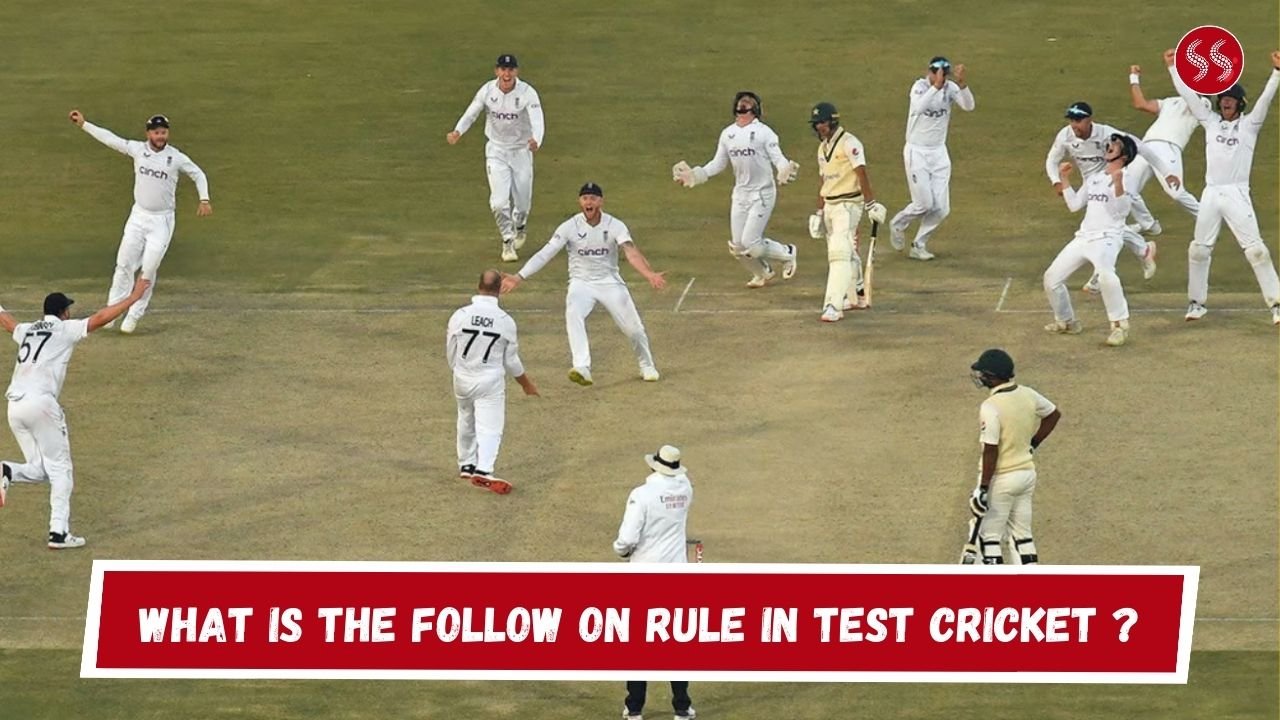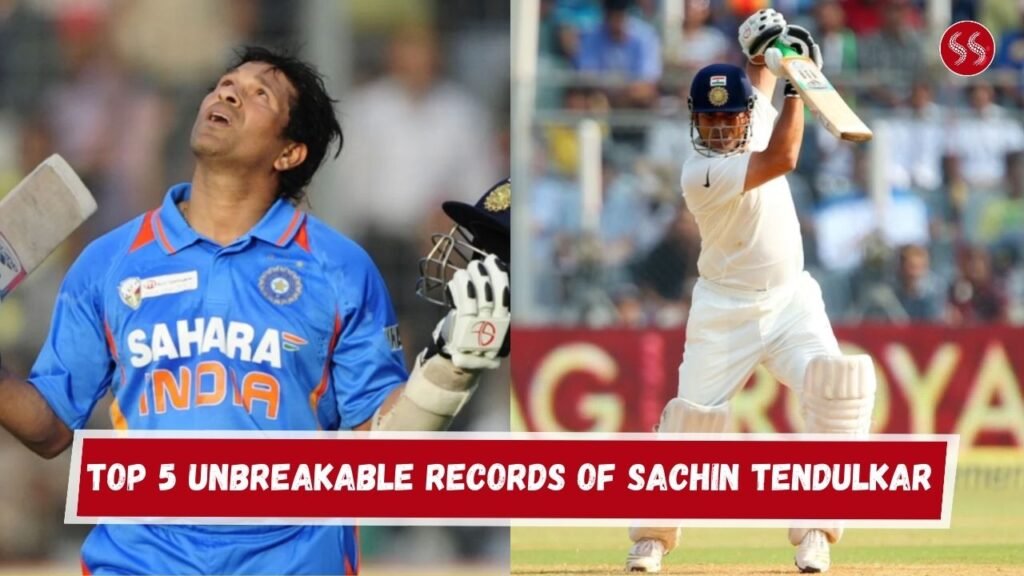The Follow On Rule in Test Cricket allows the team batting first to make the opposition bat again immediately if they secure a significant lead, as per Law 14 of the Laws of Cricket. This rule applies in multi-day formats like Test matches, where a lead of at least 200 runs is required in five-day games. It’s a key strategy captains use to press for victory, often influenced by factors like pitch conditions, bowler fatigue, and time left in the match. By enforcing the follow-on, teams aim to maintain momentum and increase their chances of securing a result.
When Can a Follow-On Be Enforced ?

The Follow On Rule in Test Cricket requires the team batting first to achieve a significant lead to enforce the follow-on. The required leads vary based on the match’s duration:
| Match Duration | Lead Required to Enforce Follow-On |
|---|---|
| 5 days or more | 200 runs |
| 3 or 4 days | 150 runs |
| 2 days | 100 runs |
| 1 day | 75 runs |
Example:
In a five-day Test, if Team A scores 400 runs in their first innings, Team B must score at least 201 runs to avoid the follow-on. If Team B scores 200 or fewer, Team A can apply the Follow On Rule in Test Cricket to make them bat again.
Strategic Factors Behind Enforcing the Follow-On
Captains carefully consider several factors before using the Follow On Rule in Test Cricket:
- Pitch Conditions
- As the match progresses, the pitch often deteriorates, favoring bowlers. Captains might enforce the follow-on to exploit worsening conditions.
- Bowler Fatigue
- Bowlers need to deliver consecutive spells when the follow-on is enforced, which could impact their performance due to fatigue.
- Weather Forecast
- If bad weather is expected, enforcing the Follow On Rule in Test Cricket can ensure sufficient time to push for a win.
- Match Time Management
- Forcing the opposition to bat again reduces the chance of a drawn game and increases the likelihood of a result.
READ MORE: Top 10 Fastest Centuries In T20 World Cup History
A Famous Follow-On Example

India vs. Sri Lanka, Second Test, 2017
- India’s 1st Innings: 622/9 declared.
- Sri Lanka’s 1st Innings: 183 all out.
- Lead: 439 runs.
- India Enforced the Follow-On:
- Sri Lanka’s 2nd Innings: 386 all out.
- Result: India won by an innings and 53 runs.
This is a classic demonstration of the Follow On Rule in Test Cricket, where India capitalized on their massive lead to dominate the match.
Why the Follow-On Rule Matters
The Follow On Rule in Test Cricket adds tactical depth, forcing captains to balance risk and reward. While it can fast-track victory, misjudging factors like fatigue or weather can backfire, leading to dramatic match turnarounds.
FAQs
1. Can the Follow On Rule in Test Cricket be enforced in One-Day Internationals (ODIs) or T20s?
No, the Follow On Rule in Test Cricket applies only to multi-innings formats like Test matches or first-class games. It is not used in limited-overs formats such as ODIs or T20s.
2. Who decides whether to enforce the follow-on?
The captain of the team that batted first decides whether to enforce the follow-on based on factors like pitch conditions, bowler fatigue, weather forecasts, and match time management.
3. What happens if the follow-on is not enforced?
If the follow-on is not enforced, the team with the lead will bat again for their second innings. This decision is often made to give bowlers rest or to further strengthen the lead.
4. Has any team won after being forced to follow on?
Yes, there are rare instances where teams have won after following on. The most famous example is India’s victory against Australia in the 2001 Kolkata Test, where they won after being forced to follow on.
SEE MORE:




